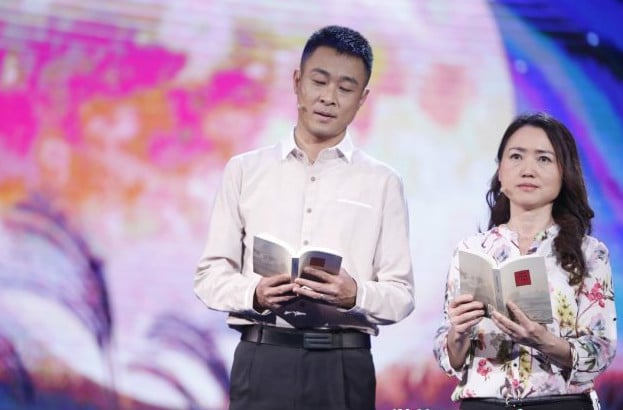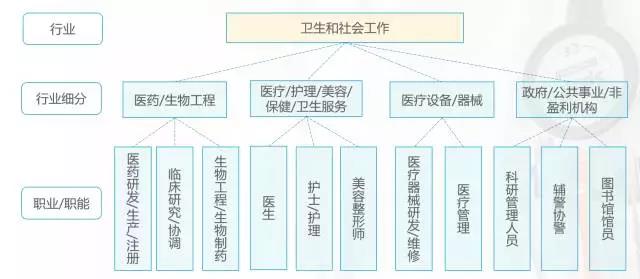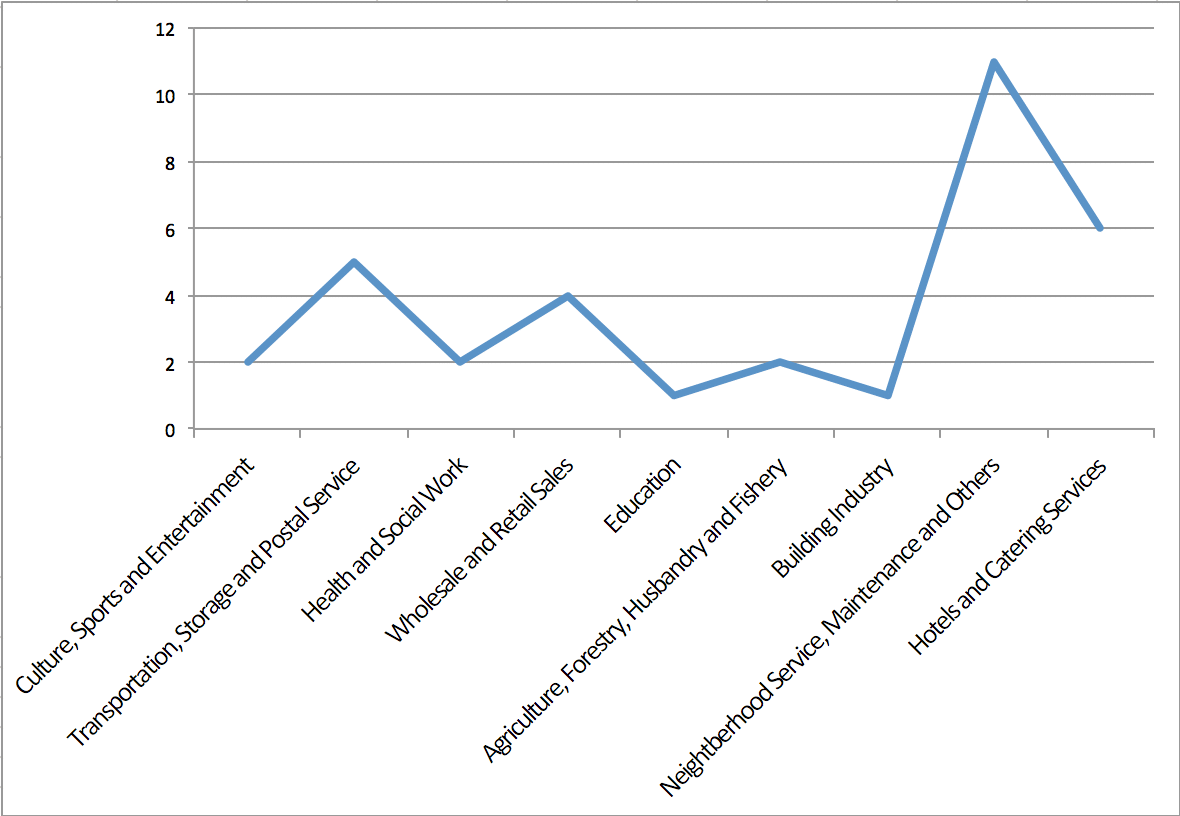Editor’s Note:
This article was originally written in Chinese by CDB editor Zhang Huan, who is herself the mother of a child diagnosed with an autism spectrum disorder. The article focuses on the ALSOlife website, a platform for the families of children with autism in China.
According to a 2016 report by the United States’ National Center for Health Statistics, one out of forty five American children aged three to seventeen (or 2.2%) have autism. In China ten million people, or roughly 1% of the country’s total population, suffer from autism. Out of these two million are children, a number which continues to grow at a rate of two hundred thousand people per year.
When compared with a total population of 1.3 billion, ten million may not seem significant. But if we consider this figure in the context of our daily lives, a 1% prevalence suggests that in every mid-sized kindergarten there is at least one child with autism. And for every child who is diagnosed with autism, a family confronts the immense psychological and financial burden that accompanies adjusting to and treating their child’s condition. For these families, the trajectory of their lives has been irrevocably altered.
Evaluation and Individualized Training are the Keys to Rehabilitation
Recognizing and diagnosing autism and rehabilitating and integrating the individual are the four essential steps in the rehabilitation of all children with autism. The only difference is that some children linger in one of these stages for longer or shorter periods than others. Some parents discover their child’s condition and implement timely interventions when their child is only a few years old; other children have their condition identified by a kindergarten teacher who notices differences in how a child expresses themselves compared with their peers; others are misdiagnosed by local doctors who don’t understand autism and confuse it with epilepsy or cerebral palsy, thus forcing the child and their parents to spend even more time searching for a proper diagnosis.
Yet even when a child is properly diagnosed, parents can still find themselves tripped up during their child’s period of recovery. A hodgepodge of autism recovery organizations, countless recovery methods and various self-help online chat groups: parents are bombarded with information, leaving them utterly baffled. Terms like “cure” or “recovery” are clutched at like straws. Parents try everything, comforting themselves by saying “it might just work”, “why not give it a shot, there was that family’s child who improved after taking that medicine” and “if I don’t try it now, I’ll regret it later”. In the face of an as-yet-incurable condition like autism, parents are willing to do anything they can.
America’s National Autism Center’s 2015 National Standards Project presents the updated treatment literature directed at individuals on the autism-spectrum aged up to twenty-two. There are fourteen well-established and recognized intervention methods aimed at children and youths: behavioral intervention; cognitive behavioral intervention; comprehensive behavioral treatment for young children; language training; modelling; naturalistic training methods; parent training; peer training; pivotal response training; scheduling; scripting; self-management; social skills training; and story-based intervention.
According to Jie Hui, a PhD candidate at the University of Oregon’s Department of Special Education, all of the most effective interventions have one characteristic in common: they are individualized. One-size-fits-all interventions directed at children with autism won’t achieve any meaningful results if they aren’t tailored to the particular needs of the individual child. If one wants to engage in day-to-day intervention, the first step is to correctly understand a child’s abilities. This is the importance of evaluation. Working out a child’s education plan and the content of their training requires an individual education program (IEP). This is the importance of an IEP. Evaluation and an IEP go hand-in-hand; both are indispensable.
Under present conditions, only children who are able to access good rehabilitation institutions can be properly evaluated and receive an IEP training plan. But even after parents have sent their children to these schools far from home and spent significant amounts of money on monthly school fees, only a small fraction of these children will be fortunate enough to gain admittance to an exceptional institution and commence their intervention training. Most children will end lining up outside these institutions without ever receiving an evaluation report or an IEP, leaving their parents unsure of what to do and worried that their child’s time has been wasted.
A survey by ALSOlife shows the average monthly expenditure on private tuition and intervention for families with autism: nearly 23% of families spend 6,000-10,000RMB, 18% of families spend between 10,000 and 20,000RMB and 2% of the survey participants spend even more than 20,000RMB, meaning that nearly 43% of the families have yearly expenditures in this area that exceed 72,000RMB. To draw a comparison, if we look at the national disposable income for families in 2016, Shanghai had the highest at 115,000 RMB, and the second highest was Beijing with 113,000 RMB; even with regard to families in these two cities, yearly expenses for autism intervention exceed 50% of average disposable income. For other cities, the percentage is even higher.
The exorbitant costs mean that many families have no choice but to leave the centres after three or six months. An even more serious issue is that more than 90% of centres do not accept children over the age of six; these children will eventually return to home schooling.
A platform to carry out online assessments with customised daily rehabilitation plans, free for parents to use
As early as 1993, China’s first specialised autism rehabilitation centre, Star Rain, was established by Tian HuiPing, the parent of an autistic child. Star Rain’s guiding principle is “just train the parents, and let the parents train the children”. At present, the waiting time to take part in the 11-week professional ABA study course is two years.

Star Rain is China’s first autism rehabilitation centre
Due to the fact that autism requires lifelong intervention, parents have become experts at combining rehabilitation methods with their daily lives. Tian Huiping is very much in favour of parents teaching in their daily life: “Our rehabilitation goal is to improve the quality of life for children and for parents.”
In Beijing’s circles of parents of autistic children, the “legend of the Three Musketeers” has acquired a certain renown. The “Three Musketeers” in question are three respected parents of children with autism – Papa Qiu, Papa Li and Daddy Bubble. One thing they have in common is that their children all have moderate to severe autism; Papa Qiu and Papa Li each have a set of twins, one son and one daughter. Another common factor is that because of their children’s condition, they are all systematically studying autism rehabilitation methods and using all their new knowledge and understanding to help new parents.

Papa Qiu and Mama Qiu on the CCTV programme “Readers”
On the 15th of February 2017, through the great efforts of the “Three Musketeers”, a site called ‘ALSOlife’ took to the skies. Calling itself an “Assessment and Intervention Platform for China’s Autistic Families”, the website is based on the ALSO theory of autism specialist Doctor Guo Yanqing. It provides six dimensions of assessment and intervention plans and offers free support and help to all families with autism.
Daddy Bubble (Zhang Zhiguang) spoke to China Development Brief about the original intention behind building the website: “In June 2015, after my son was diagnosed, I was the same as all new parents, I started studying autism like crazy, and after reading 50 or 60 books I had a firm understanding of the condition. Looking around me, I saw that everyone was trying hard to worm their way into the centres, but afterwards, after getting in, what then? At present in China those who have been diagnosed with autism are only around 30 years old at most. When they are old, when our children are grown up, we need to think seriously about who will take ownership later on.”
By a stroke of luck, Daddy Bubble met Doctor Guo Yanqing. He realized that the ALSO theory that Professor Guo was putting forward best corresponded with their objectives: to be based in the present (at two/three years of age), to take a broad view into the future (considering the needs of the children when they grow to be 20 or 30 years of age, or even into later stages of life) and to build a bridge between the present and the future. Through this method, the transformation and improvement of the key abilities of autistic children might be realized, from self-care, to self-reliance, to independence.
Concretely, if the ALSO intervention theory is put into practice in daily life, especially in the fields referred to as A (cognition and study), L (survival and life) and S (society and social intercourse), then O (career) generally has a good chance of being realized too.
On the afternoon of February 15, the ALSOlife website launched a capabilities survey of autistic children under the age of four. All participants required an invitation code to complete the online survey. Within a single day, three parent groups had been created on Wechat by word of mouth, with 500 members each. Dr. Guo Yanqing, Papa Qiu, Papa Liu and Daddy Bubble were all quickly inspired by discovering fellow parents through these groups. With continual development over the course of eight months, ALSOlife created 18 WeChat groups, each with 500 members, along with three outside learning groups, for a total of more than ten thousand users.
“We give parents simple assessment tools to get started with. Previously, they had to use an overseas assessment system that required authorization each time with pricey fees, and was operated by specialized trainers that further increased costs. Our current tools and algorithms can quickly assess children and, once assessed, our system can create a daily training program customized to the needs of each child. Parents only have to follow this customized schedule to complete the necessary daily interventions. Furthermore, this program can help autistic children prepare for their future work life,” said Daddy Bubble.
In order to fulfill these goals, the ALSOlife team carried out three months of intensive organizing, screening and analysis of various industries, professions and occupations within China to create a systematized and comprehensive database of occupations.
Below is a chart of the health and social work industry (in Chinese):

In the next chart the information is further divided, individually analyzing the required abilities for each job. Also, looking at the data for currently obtainable employment, a list of the most compatible positions for autistic children was compiled:

Through one further division, all the levels of ability requirements for each job are differentiated and given individual rankings to create training points that can be viewed online. Finally, each of the children on the platform were automatically sent their corresponding occupational skills scores.
Taking the profession of florist as an example, abilities can be segmented from high-level skills (ex. identifying different kinds of flowers, bundling according to orders etc.) to low level cognitive, linguistic and self-care capabilities (ex. distinguishing frequently seen plants, understanding numbers, returning used objects).
This demonstrates that the training content of the ALSOlife platform is not pulled out of thin air but is organized according to a thorough dissection of the specific skills and job compatibilities of each child. The ALSOlife platform has two other databases similar to the Occupational Skills database; the Independent Living database and the Living Environment database. Taken together, they form the basis for the platform’s training content.
Training today for life tomorrow
Regarding autism rehabilitation, Daddy Bubble thinks that “there are many problems”: “Currently, autism has developed into a prevalent trend and everyone has been focusing on early age rehabilitation centers, believing it is easier to raise money for autism rehabilitation than early education. Few people pay attention to the job suitability and placement of adult autistic patients. Our idea is to let the money and services available for the rehabilitation of young autistic children serve the future. Our children are still young, with parents who can still afford rehabilitation expenses, but once we are old and lack financial resources who will support our children?”
When we are gone, what path will our children follow?
Many households with an autistic child choose a second pregnancy, hoping to create a home with very close siblings. However, there is a 20% chance that the second child will also have autism, so this can be seen as even more of a gamble with fate. Following the popularization of the concept of trust funds, more and more parents have focused their hopes for the future on financial trusts. More still have become “action groups”, uniting together to investigate mountainous regions in search of a sanctuary for autistic patients, modelled on the example of autism care at places like Elm Village in Japan. For example the Beijing Conna Autism Family Support Center is currently running a trial site on Dabie Mountain in Jinzhai, which has caught the attention of many families with autistic adults.
Parents are a continuously strong force in the campaign for autism rehabilitation. After seeing how the needs for evaluation and training of over ten thousand households with autism were met by ALSOlife, Daddy Bubble is also willing to use his company as a social enterprise in this fight. “I’m willing to use dynamite to break down the barriers for children with autism and push more and more parents to consider the question of what will happen to our children when we are gone.”



